In today’s video, we are reviewing something a little bit different. This is the DJI Mic 2, and so is this. Currently, we use a combination of the original DJI Mic and the Rhode Mic right here for most of the recording that we do in the field, and well, they’re convenient, reliable, and we’ve always been pretty happy with them. But we were also pretty excited to get our hands on this new version since, well, they’ve gotten some upgrades. So, turn up the volume, and let’s take a look, or maybe listen in this case, and test how they do.
DJI Mic 2 Review Video
Now, throughout this video, we’ll be comparing the audio from three different sources: the DJI Mic, the Rhode Wireless Microphone Pro, and the new DJI Mic 2. We’ll normalize the audio level in post to get a clear comparison. Let’s get started with the DJI Mic 2 package.
We got a combo that includes a small charging case with two transmitters and one receiver, which, well, is really handy. You can charge the case using the USB-C port on the back and charge the transmitters and receivers simply by setting them in the case, or you can charge these individually by using USB-C.
Now, it comes with two adapters that you can plug a receiver into a smartphone, a camera, or even a laptop. This lets you bake the audio straight into your video while the transmitter records a backup, which is very useful from time to time. TRUST us, we’ve messed this up before.
Each receiver has a clip on the back to attach it, and a magnet, which gives you even more options for placement. Now, each kit comes with a USB-A to USB-C charging cable, and also, as far as the accessories, you’ll get that fuzzy little windscreen available and an additional lavalier mic.
Now, there are a few different combos that include a variety of these items, depending on your needs and your budget. But some of the items, like the Lavalier mic, can also be purchased individually as well.
How is the DJI Mic 2 Different?
Alright, that’s the quick overview. Let’s take a look at what’s new in the DJI Mic 2.
The charging case is a little bit wider and also has a locking latch in the front, which is very handy. The magnets are also slightly larger and seemingly more powerful than the ones on the original. Now, the front of the transmitter is not transparent, so you can see on the inside, which, well, it’s kind of cool.
And there’s also this new thing here, which is the pearl white color. Not as discreet, but it definitely has its own style, well, depending on the clothing that you’re wearing.
Now, the size of the internal microphone is also quite a bit larger as well. It actually runs across the entire surface. Previously, it was a lot smaller.
The receiver and the screen are also bigger, and now it comes with a thumb wheel to adjust the gain without going through the main menu, which is actually very handy.
DJI Mic 2 Comes With 32-Bit Float
Now, 32-bit float is one of the new features on this model. It’s worth noting that the Wireless Pro right here from Rhode also has 32-bit float, and that the original DJI Mic can only do 24 bits. Now, on the original DJI Mic, the audio will clip on the transmitter if it goes over zero dB, and if it does, well, you’re kind of out of luck at this stage.
Now, with 32-bit float, you have a higher dynamic range. The audio can still go above zero dB, but with more of that data being stored, you may be able to save it in post.
So, for instance, if you don’t set your levels correctly or if you have some unexpected loud audio that clips during recording, once you get to the edit, you’ll notice some peaks of the sound waves are missing information.
We have to zoom in pretty far, but as you can see, even if we lower these levels, these peaks are missing. Now, let’s pull in some clipped audio with the DJI Mic 2 that had 32-bit float. If we zoom into one of these large peaks, now it looks like it is gone, it is missing, but if we bring that down, those peaks are actually still there.
Again, here is clipping without 32-bit float, clipping with 32-bit float brought down, so you can save some of that data. It’s also easier to capture more of the quiet, low noise as well, as shown here in the form of this soft-spoken poem:
Dear Greg, it’s Ben. I’m reading this softly at low levels without rumble. As an instructor, you’re great; you rarely ever stumble. You’re also a good boss, but please stay humble. We’d like you a lot more, if you bought us more crumble.
Ben
Alright, that was good. The benefit here is 32-bit float, which gives you a lot more flexibility in post-audio treatments without actually having any distortion, so you can bring the audio up and down way more easily.
DJI Mic 2 offers noise cancellation
The new models are recording even higher-quality audio than before, alongside AI noise-canceling, which actually should result in a more natural-sounding voice and clear vocals, even in very windy or noisy situations.
Now, ideally, you want to stay away from recording in noisy areas, but at times it may be unavoidable. A common scenario in this case is when we’re flying a drone.
When a drone is flying nearby, the mics tend to pick up that sound, even with the smaller drone like the Mini 4 Pro here. But with the upgraded audio recording quality and AI noise cancellation, we’re hoping to cut back on some of that background noise.

So, how does this sound with the noise-canceling on? Do you notice a big difference with the noise-canceling turned off? Now, I personally haven’t heard this, so I’m pretty curious to see what the results are. With the noise-canceling on, do you notice any loss of quality or maybe a different sound in my voice?

How does it handle in a harsher environment like this? I have the DJI Mic 2 with noise-canceling on, and I’ve got the Rhode Mic and the DJI Mic 2 without the noise-canceling on. We’re going to take it as fast as we can in the worst audio conditions. Punch it, Chewy!
One thing to watch out for: the more intense the background is, the more the noise-canceling has to work. It is noisy, I can tell you that. Lots of rattling, it is loud, and we’ve noticed some slight differences in the voice when it’s overworking.
You may actually lose some of your vocal sound when that happens. A lot of AI or in post-treatment, if you use a different AI software, makes the voice sound a little bit muffled, or your voice ends up coming out a little bit tinny.
Just like the Rhode Pros and the original DJI Mic, you have the same USB and Lightning adapter, so you can plug them into a device, but now you can actually connect directly through a Bluetooth connection.
Now, this works with smartphones or even the new Pocket 3 from DJI and the Action 4, also from DJI, which is, well, very convenient, especially if you don’t have to worry about attaching the receiver.
Now, be careful, there are also a few drawbacks when connecting to a smartphone via Bluetooth. The DJI Mic will not record internally. So, what’s the drawback to that? Well, not much, really, if you have a clear signal, but what if I get further away from the receiver?
Right now, I’m standing about 100, maybe 150 feet away. We still have a signal, but if I go back a little bit further, now that I’m extremely far away, and we have some interference blocking us, with the Bluetooth signal, we’ve lost the Bluetooth signal on the device, and we’re not recording internally on the original mic as well. So, having that backup recording is really handy, and you need it in this kind of scenario.
DJI Mic 2 Battery Life
Now, you may be wondering about battery life. Well, we’ve used these to record in the field pretty much all day, and we’ve never had a problem with battery life.
But, if you fully drain the charge, you can drop it into the case, recharge it, and get plenty of additional time.
- Now, the DJI Mic is rated for 5.5 hours on the transmitter, 5 hours on the receiver, or 15 hours if you recharge them with the case.
- DJI Mic 2: 6 hours on the transmitter, 6 hours on the receiver, 18 hours if you recharge them with the case.
- The Rhode Wireless Pro wins with a rated 7 hours on the transmitter and 7 hours on the receiver.
Now, as far as range, no upgrade this round, but both the DJI Mics are rated for 250 meters, or 820 feet, and the Rhode Mic can reach 260 meters, 10 meters more, 853 feet.
Ordinarily, we wouldn’t record that far from the camera, but there are occasional situations where we may have the need. So, in this case, in the name of science, we’re going to see how far we can go.
Now, Jason’s going to follow me with the drone. See how it works.
Here I am at 100 feet, still got four bars. 250 feet now, the original DJI Mic hovering right around three and four bars of signal. Rhode Wireless Pro is at 2 to 3 bars, as is the DJI Mic 2, two to three bars. I’m out here all the way across this entire field, 500 feet away, still have a pretty good signal on everything.
The DJI Mic 2 is still at about 2 to 3 bars, as is the Rhode Wireless Pro, 2 to 3 bars. Surprisingly, the original DJI Mic is still at 3 to 4 bars.
Alright, now I am all the way out here at 725 feet. So, the original DJI Mic, two bars, still rock steady, even occasionally going up to three bars. The DJI Mic 2, that’s down to two bars, but still coming in crystal clear. The Rhode Wireless Pro, however, has completely lost signal, nothing going back to the camera at all.
Kind of surprised to find here, the Rhode Wireless Pro was rated for 260 meters, both of the DJI Mics are outperforming the Rhode Wireless Pro in terms of signal strength.
I’m not sure if that has something to do with the trees in between us introducing some interference or what. We’re not even at the full stated range of what these mics can do.
Now, these ratings for distance are based on unobstructed line of sight for the transmitters and the receivers, obviously, but that’s without interference as well, and well, there are a lot of factors that can cause interference.
If the signal has to go through walls, windows, or even spaces with several Bluetooth signals, then don’t expect to have the same kind of range or even the same kind of strength.
Now, for a lot of our videos in the field, we don’t really mind having the microphone visible and wear them on the screen, but for a more professional look, a Lavalier mic is the way to go. Well, unless you wear three like here, and then you look like, well, this.
You can conceal the wire under clothing, and the mic is easily attached to a shirt collar. Now, I have to say, DJI did something here that, uh, I absolutely love, and it sounds dumb, but this microphone can actually be adjusted left or right.
You can turn the microphone whichever way you want, as it’s attached here, which has never been the case before for any of the other Lavalier mics that we have. Again, kind of a small thing, but so much better when it comes to being a talent.
Obviously, this is a lot less noticeable, and you should actually be able to get much better-quality audio. Here’s the sound with the mic, and here’s the sound without the mic.
Now let’s switch over to the original DJI Mic right here with the lav, and the Rhode Mic right here with its own lav. It all has good sound quality, quite frankly.
Now, do you notice the difference when we switch between these: original DJI, Rhode Mic, and a DJI Mic 2?
Alright, we’ve gone through sound comparison, signal, and quality, which is, well, where it’s all about. There’s one more important piece of information that may be a deciding factor, which is, well, the price.
DJI Mic 2 Price
And, as of now, a new DJI Mic 2 combo retails for $349. The combo includes two transmitters, one receiver, the charging case, the camera audio cable, one Type-C, and one Lightning adapter, two windscreens, and a USB charging cable, and the carrying bag, which is a lot.
Now, the same combo for the original DJI is currently selling for $249 with all the same accessories.
The Rhode Mic combo, on the other hand, comes with two Lavalier mics in the kit, and it retails for $399. So, I guess my question is, are all the upgrades worth the extra $100 price tag for you?
Well, that’s up to you to decide, but I can tell you that the quality and reliability of all of these mics are top-notch. I have to say that this new one right here is going to be our new go-to mic for recording anything in the field.
Let us know what you think in the comments. I know a lot of you use mics, create a lot of videos. A lot of our followers do drone work, but also a lot of groundwork. Let us know what you think of these new mics in the comments, and we’ll see you in the next video.


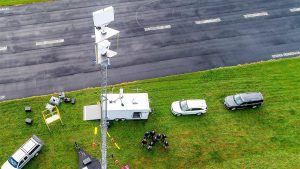


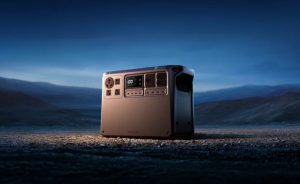
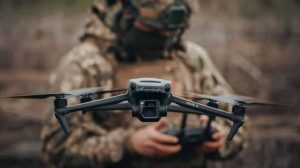

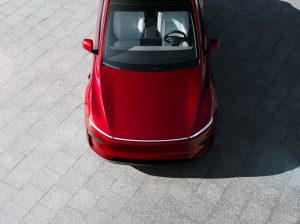
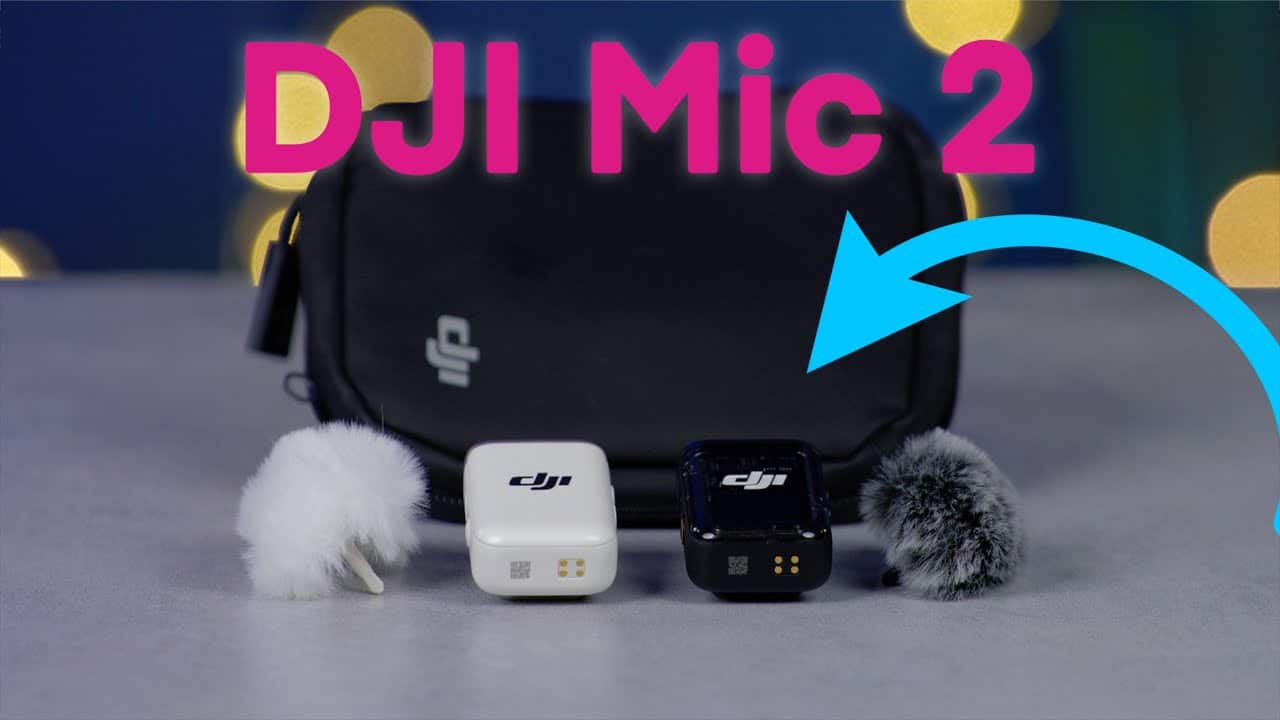






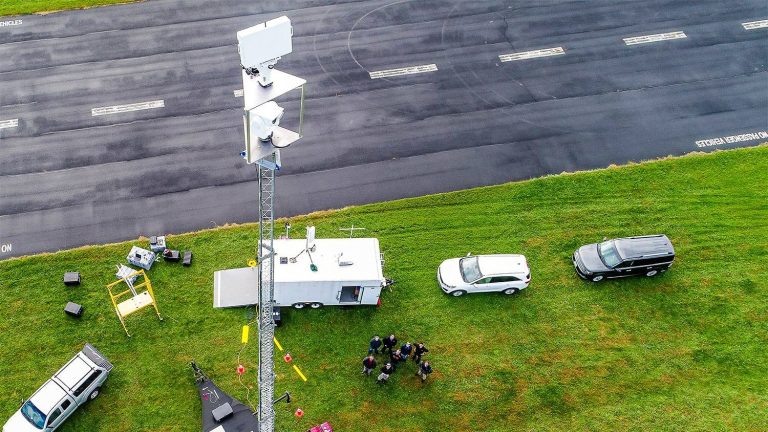
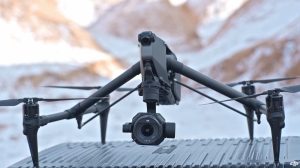
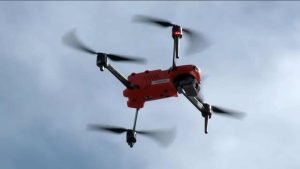
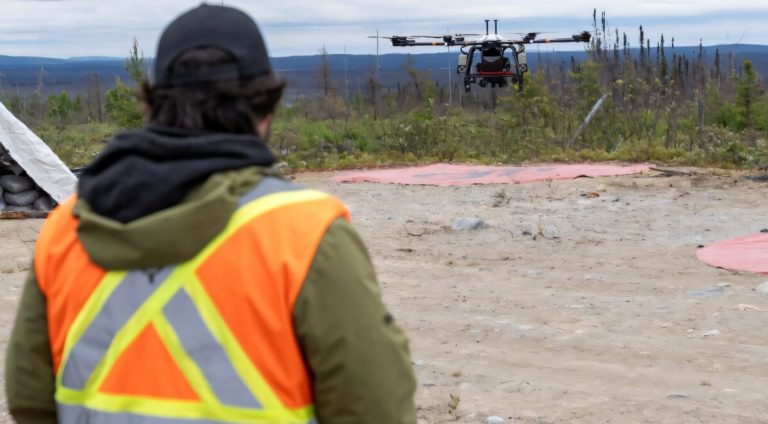

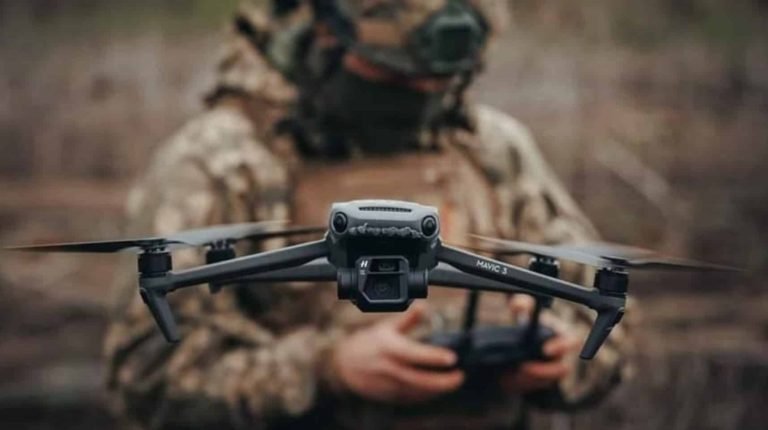

+ There are no comments
Add yours